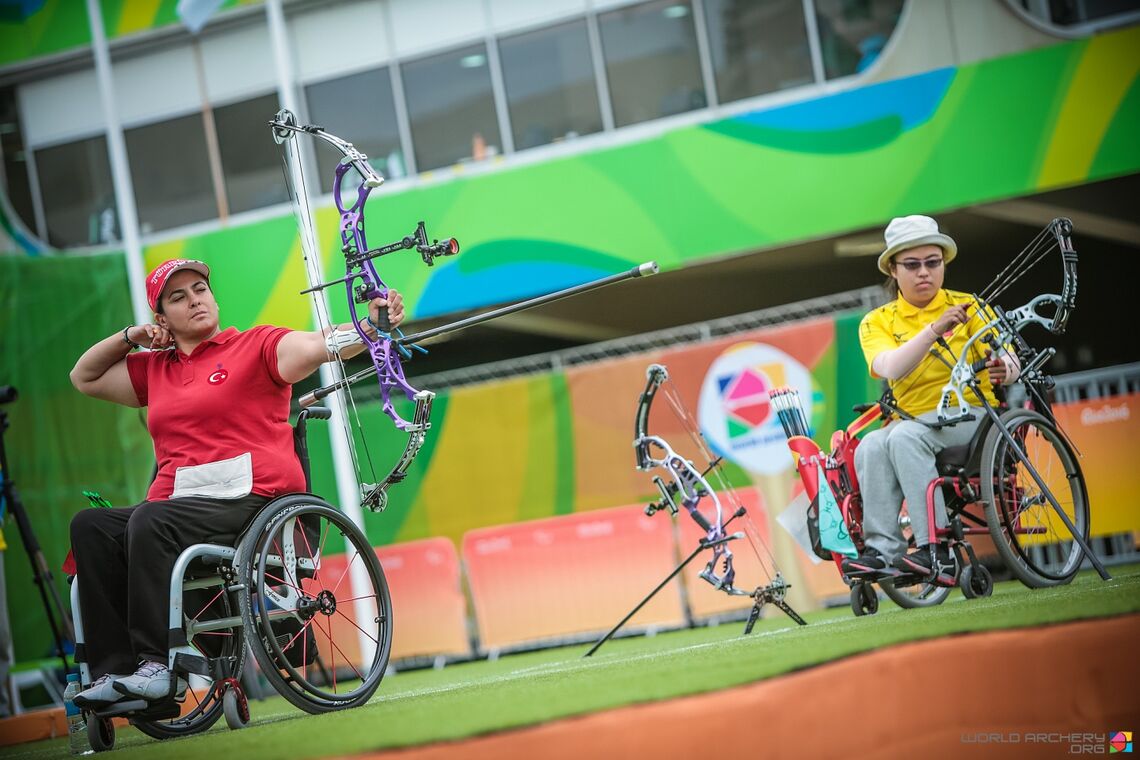
Classification
Classification provides structure and a level playing field to para archery competition.
Classification describes the procedure of assessing the impairment of an athlete.
The system provides structure and a level playing field for para archery competition. Classification defines whether an athlete can use an assistive device, decides whether they are eligible to compete in para archery and groups eligible athletes by the severity of their impairment.
An athlete may be classified to use an assistive device but not to compete in para archery competition.
The classification classes, the eligibility of impairments and the process for assessing athletes are defined according to the International Paralympic Committee’s classification standards that span all para sport.
Classification is carried out at the international level and the national level.
Archers interested in getting classified to use an assistive device or compete in para archery competition should contact their national archery federation.
The master list of currently classified athletes is available online.
International classification
Archers require an international classification to compete at any international para archery event.
Each classification assessment is carried out by a panel of two international classifiers, who follow the procedures detailed in the Classifiers Handbook to determine whether an athlete is eligible to use an assistive device or compete in a para archery category.
A classification may be given permanently, if the athlete’s impairment is stable, of temporarily, if the impairment fluctuates or may change.
Classification programmes are run at many major para archery tournaments. Organisers must contact World Archery to request the appointment of international classifiers for their event at least 12 months in advance. (Travel and accommodation costs are covered by the organiser.)
Visually impaired classification assessments are only carried out by international classifiers from the International Blind Sports Association.
National classification
Each national archery federation may or may not have its own rules for para archery competition and the classification of impaired athletes, often based on the international rules.
National classification assessments may be carried out by a single classifier instead of the two required internationally and national para archery events may recognise additional or alternative competition categories.
This is to encourage more people with an impairment to participate in archery.
A national classification will only apply within the country that issued it and any nationally classified para archers will require an international classification before competing at any international para archery events.
National federations are encouraged to base any national classification rules and categories on the international system, adding subclasses as necessary.
Classifiers
International classifiers are technical officials with relevant professional credentials who are trained and accredited to assess impairments in athletes and assign classifications according to the rules.
World Archery’s Classifiers Handbook explains the procedures and process classifiers follow when assessing an athlete.
Classifiers spend a period of time as candidates before being fully accredited.
There are more than 20 trained international classifiers for para archery spread around the world. The system is managed by the classification committee and World Archery’s head of classification Nancy Littke.